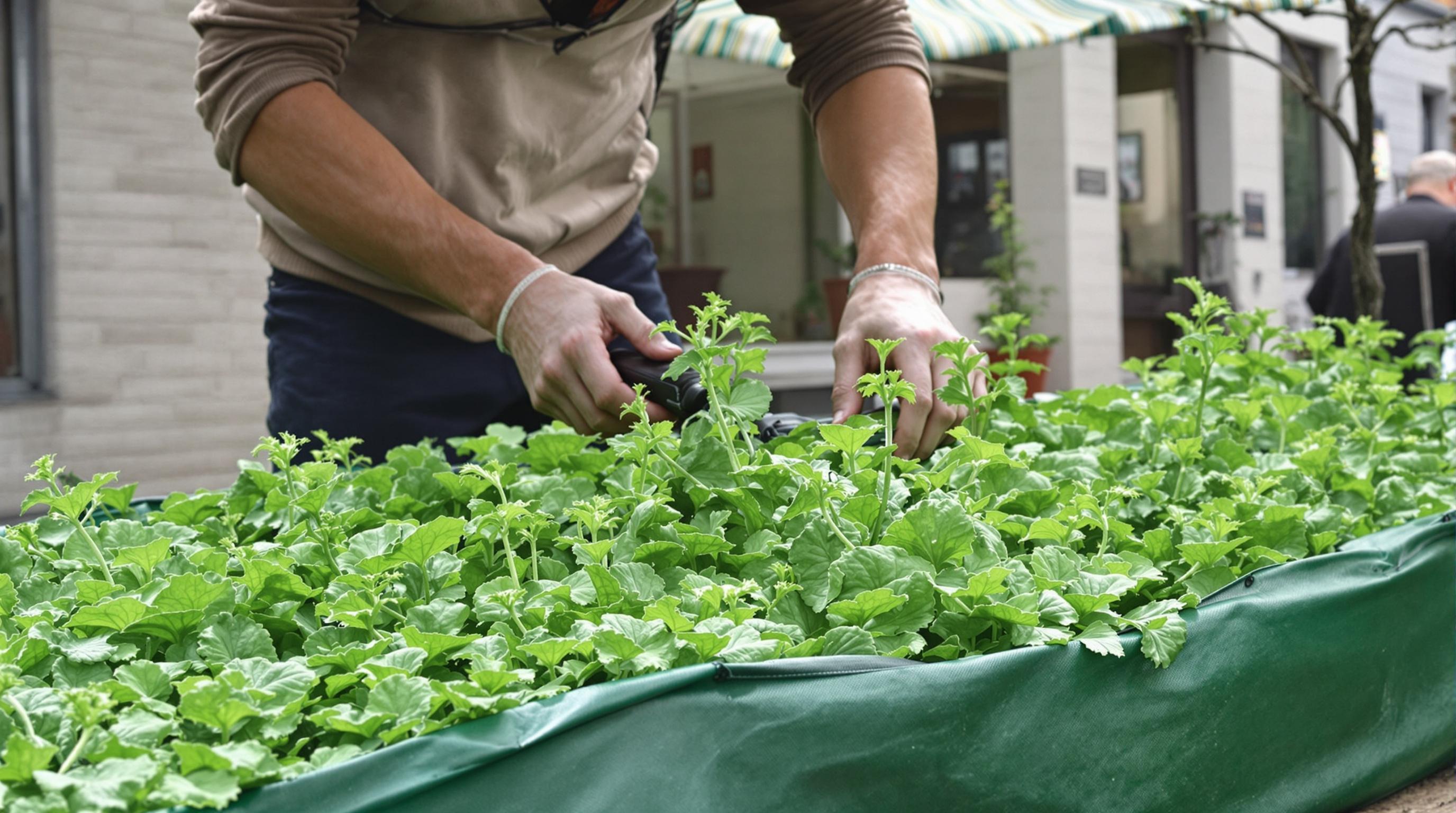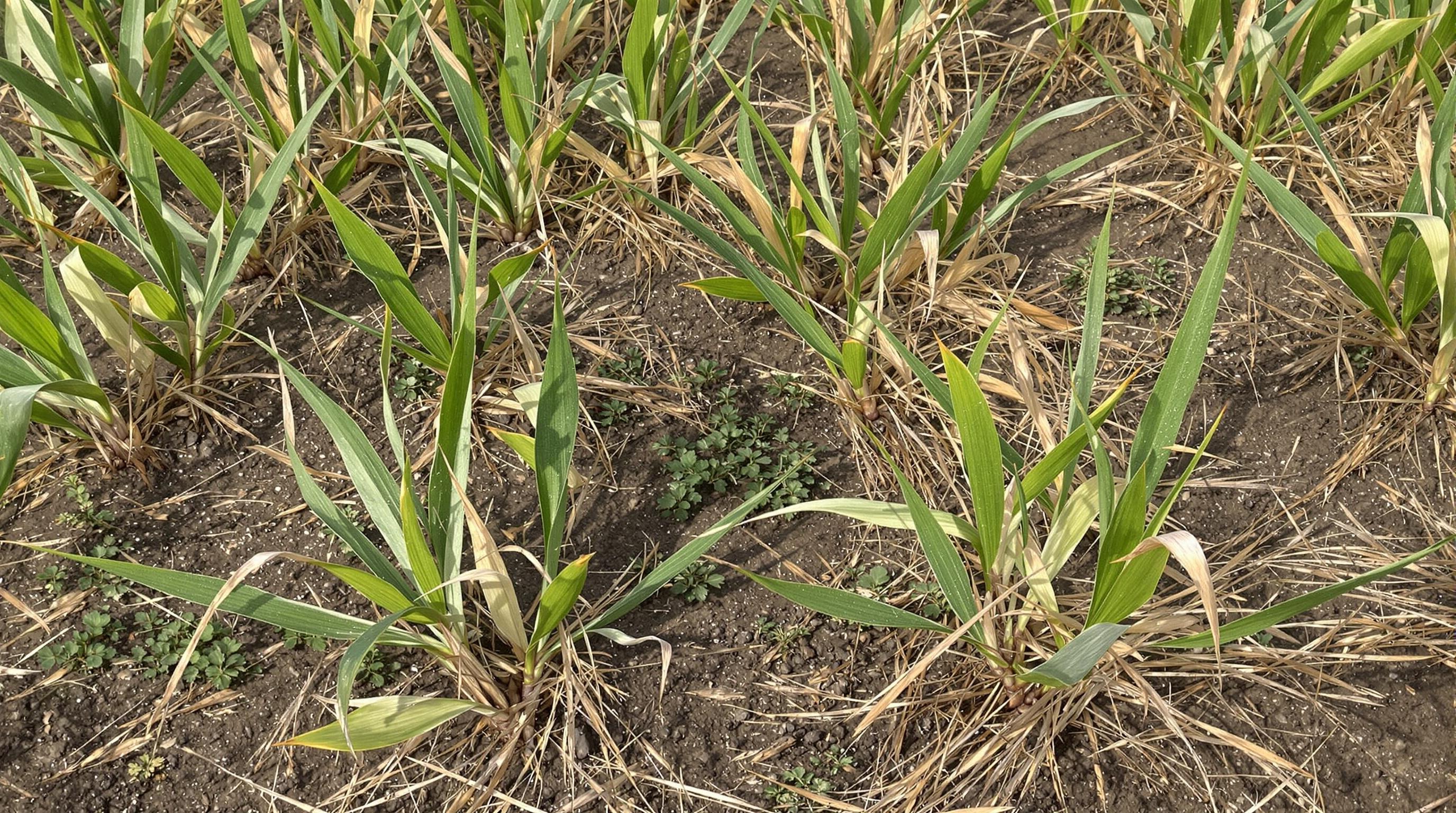Related Articles
- Unlocking Wealth: How Climate-Resilient Crops Are Shaping Financial Stability Amid Price Volatility
- Top 6 Emerging College Savings Solutions Unveiled Recently That Transform How Families Build Funds
- The surprising role of urban farming in creating economic buffers during volatile market cycles
- Unveiling the Quiet Impact of Climate Change on Municipal Bond Maturity Structures and Laddering Choices
- How Intergenerational Debt Shapes Families’ Ability to Fund Higher Education in Unseen Ways
- Top 6 Dynamic Laddering Tools from the Last Five Years Revolutionizing Interest Rate Risk Management
The surprising role of urban farming in creating economic buffers during volatile market cycles
The surprising role of urban farming in creating economic buffers during volatile market cycles
Urban farming isn't just about fresh veggies; it's evolving into a crucial economic stabilizer during unpredictable market swings. By blending innovative agriculture with city life, people are discovering new ways to buffer themselves against financial uncertainty.
A Story from Detroit: Growing Hope in the Concrete Jungle
In the heart of Detroit, where the auto industry’s decline hit hard, urban farming has sprouted as a beacon of resilience. Take the case of the Michigan Urban Farming Initiative, a nonprofit that transformed vacant lots into productive gardens, providing fresh produce and jobs for local residents. During the 2020 economic downturn triggered by the pandemic, their sales not only sustained the community's nutritional needs but generated steady income for dozens of families struggling with job insecurity. This example underscores how urban farms aren't mere hobbies—they're critical hubs fostering economic stability.
Why Market Volatility Amplifies the Need for Economic Buffers
Economic downturns often reverberate with severe consequences: layoffs, inflation spikes, food price hikes. The unpredictable nature of global markets—exacerbated by pandemics, geopolitical tensions, or technological shifts—means many households live on shaky financial ground. Urban farming, with its localized production and direct-to-consumer supply chains, can insulate communities from these shocks, reducing dependency on stretched supermarket supply lines and volatile commodity markets.
Urban Farming and Job Creation: An Economic Win-Win
Beyond fresh produce, urban agriculture creates a range of employment opportunities, from farm management and crop research to marketing and distribution. According to the USDA, urban agriculture contributed over $100 million to local economies in several major U.S. cities between 2015 and 2020, employing thousands in sustainable jobs that can't be offshored. These jobs provide a financial safety net for workers during recessions when traditional industries might shed labor.
A Humorous Take: When Lettuce Help You through a Recession
Imagine Bob, an accountant turned city farmer, who jokes, "I went from crunching numbers to crunching carrots!" His little rooftop garden became his side hustle and eventually his bread-and-butter when layoffs hit. His lettuce patch, he quips, was his “economic life jacket” during choppy financial waters. In a world full of stock market roller coasters, his salad bowl stayed steady.
Environmental and Social Benefits Create a Virtuous Cycle
It isn’t just economics: urban farming improves community health, fosters social cohesion, and revitalizes neighborhoods—qualities that feed back into financial well-being. Cleaner air, reduced food deserts, and stronger social networks help lower public health expenditures and improve quality of life, indirectly cushioning economic shocks (American Public Health Association, 2021).
Adaptability: The Secret Sauce to Weathering Market Storms
Unlike large-scale rural farms dependent on monocultures, urban farms tend to diversify crops, incorporating vertical farming and hydroponics to optimize space and yield. This diversification not only ensures food security but grants economic agility. For example, during sudden spikes in demand for certain leafy greens or herbs, urban farms can pivot quicker than large industrial operations, maintaining revenue streams during market fluctuations.
A Persuasive Look: Why Investors Should Back Urban Agriculture
If you’re a savvy investor eyeing resilient assets, urban farming should be on your radar. With climate uncertainties and global supply chain disruptions escalating, local food production is a hedge against risk. Urban farms reduce logistics costs and waste, meeting consumer demand for transparency and sustainability. Studies suggest that urban agriculture investments yield social and financial dividends, fostering community wealth while mitigating broader economic volatility.
Statistical Insight: Quantifying Urban Farming’s Economic Impact
Data from the National Gardening Association reveals that urban gardens can increase household savings on produce by up to 30%, depending on scale and seasonality. Furthermore, cities with robust urban farming programs report a 15% decrease in emergency food assistance requests during economic downturns (Urban Institute, 2019). These figures highlight how embedded agricultural efforts can make tangible economic differences for families.
Challenges and Limitations: Keeping Expectations Realistic
Not everything about urban farming is sunshine and strawberries. Space constraints, zoning laws, water availability, and initial capital investment can pose significant hurdles. Also, urban farms often cannot entirely replace supermarket supply chains or meet all nutritional needs of large urban populations. Recognizing these limitations ensures that urban agriculture is seen not as a panacea, but as a vital piece of a diversified economic resilience strategy.
Conversational Insight: A Talk with Emma, a Young Urban Farmer
"I’m only 23, but experimenting with hydroponics in my studio apartment has taught me tons," says Emma. "During last year’s inflation surge, having fresh herbs and greens doubled as a money saver and a mental health boost. It’s like having a little pocket-sized farm right in the middle of chaos." Her story reflects the personal, economical, and emotional safety nets urban farming can provide, especially for younger generations facing uncertain job prospects.
Innovative Technologies Fueling Urban Farming’s Resilience
Emerging tech—such as IoT sensors, AI-driven growth analytics, and renewable energy-powered greenhouses—is increasing efficiency and lowering operating costs for urban farms. These advancements allow precise resource management, reducing waste and boosting yields even in constrained spaces. Consequently, urban farming can scale economically without the volatility typical of conventional farming inputs (MIT Technology Review, 2022).
Conclusion: Urban Farming as a Multifaceted Economic Buffer
Through a blend of practical community impact, job creation, technological innovation, and environmental benefits, urban farming presents a compelling solution to mitigating the impacts of volatile market cycles. While not a standalone fix, this agricultural renaissance within cities equips neighborhoods with tangible ways to secure economic and food stability when the global economy falters.
Whether you’re a city dweller curious about growing your own food, a policy maker devising sustainable development strategies, or an investor eyeing resilient sectors, urban farming’s surprising economic role is worth your attention—and your support.




